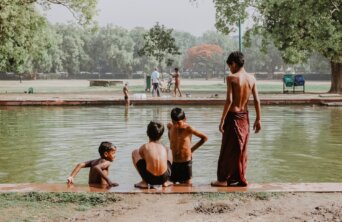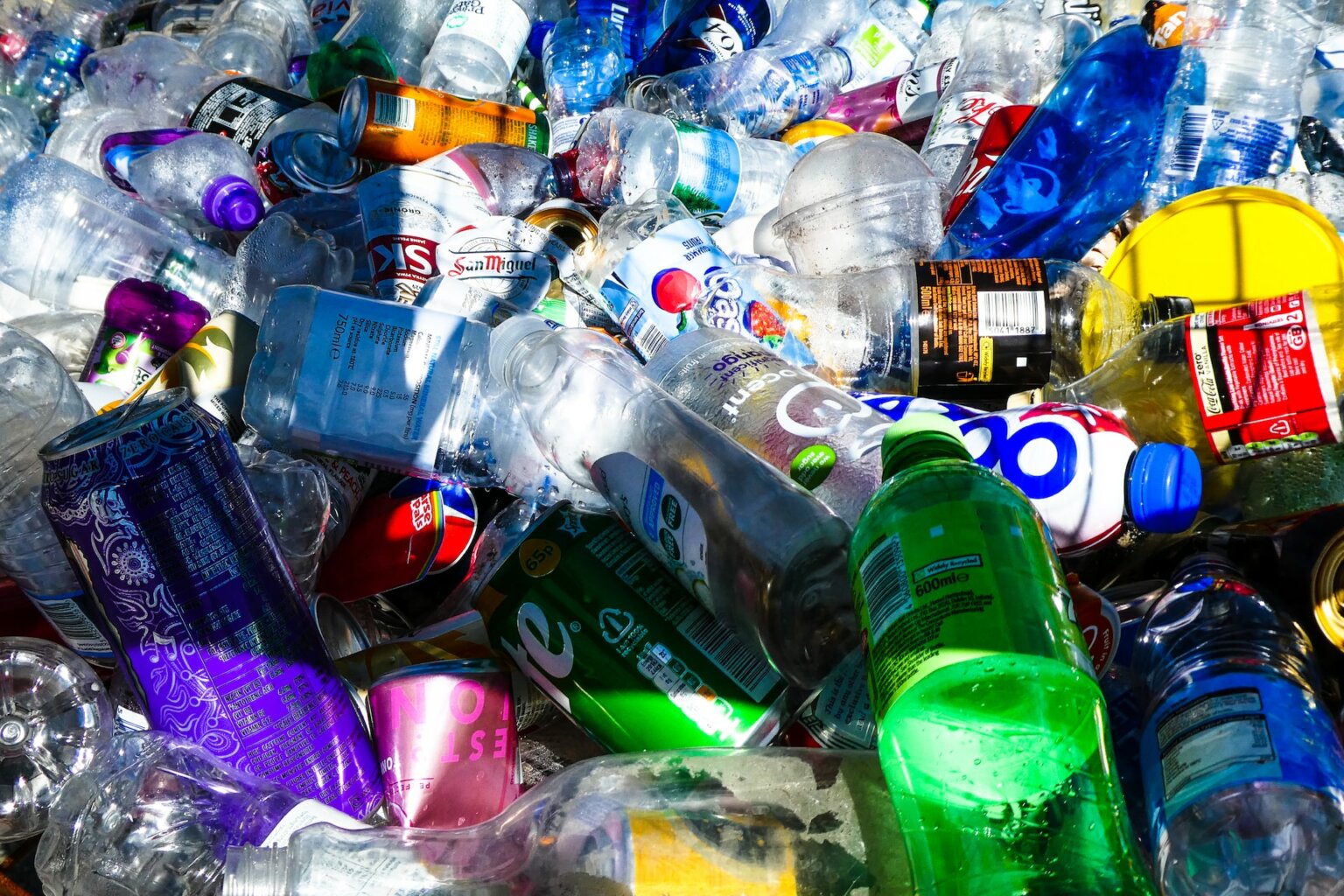- About
- Topics
- Picks
- Audio
- Story
- In-Depth
- Opinion
- News
- Donate
-
Signup for our newsletterOur Editors' Best Picks.Send
Read, Debate: Engage.
| topic: | Conservation |
|---|---|
| located: | India |
| editor: | Rishabh Jain |
Delhi Jal Board wants to turn the city of Delhi, which is known for its hazardous air, into a city of lakes. Already, within a five-year period, it has provided Delhi with 14 new lakes and 35 new bodies of water.
Along with enhancing the city's beauty and revitalising public areas, the project has also raised water tables and reintroduced birds to the area. It has additionally provided the community with new green spaces and recreational centres: people who live in the crowded neighbourhoods nearby come to the surrounding parks and lakes for leisure and relaxation.
In three decades, the aquifers had been reduced up to 30 metres due to the city's urbanisation, especially its dependence on concrete, which had also damaged the lakes' watershed areas. The Delhi Jal Board began the work of reviving 159 water bodies with a budget of Rs 376 crore ($46 million) in order to initially recharge groundwater. Since then, the project's scope has expanded to include the resuscitation of larger lakes.
Automated aerators in the lakes keep the water's dissolved oxygen level stable, aiding in the process of natural cleaning. Phosphate, which is primarily found in detergents, is one of the main pollutants absorbed by floating wetlands and the plants that grow there. The islands built around the lake's existing trees enhance the natural beauty and shield the wetland birds from harm.
The project has also had unexpected effects in improving community health and reducing the effects of environmental racism. Using infrared cameras, the DJB examined the areas close to the restored lakes and discovered that the lakes have lowered local temperatures. In fact, the ambient temperature near the lake was 5 to 7 degrees Fahrenheit lower than the average temperature for the rest of the city in May and June, which are the hottest summer months.
The lakes that the DJB finished demonstrate how the neighbourhood residents are beginning to own them. Moreover, lakes and other bodies of water are now used in the community's religious practices. The community makes sure the lake is pristine and offers a secure area for families with young children.
However, the process of rejuvenation is also posing significant challenges. Some areas are caught between different government authorities, generating difficulties in procuring clearance to create lakes. Other water bodies have different soil strata and groundwater levels, making them challenging for the authorities to revive.
Delhi's revenue villages were recently urbanised and are now under the control of the Delhi Development Authority (DDA). The DJB will need to obtain clearance from the DDA in order to continue working on the City of Lakes project. This may stall the advancement of the project by several months.
Notwithstanding these difficulties, the lakes have made a positive impact for Delhi’s residents, boosting their health and helping them reconnect with nature in the middle of a concrete metropolis.
Image by Rifath Photoripey

